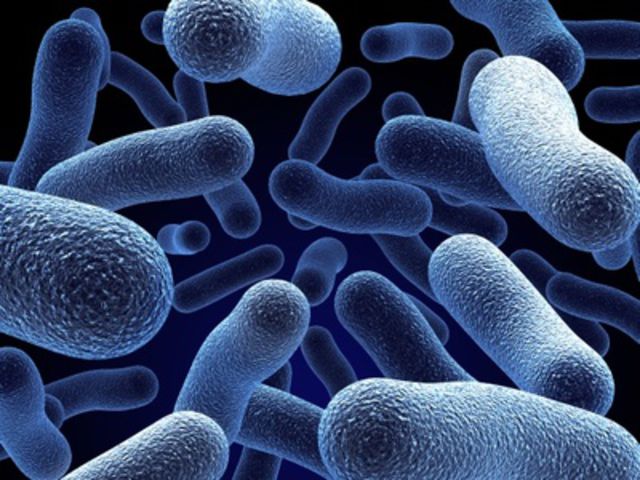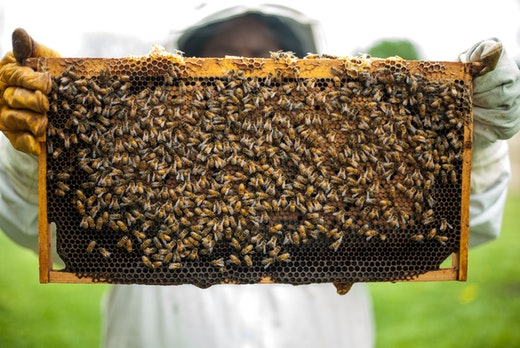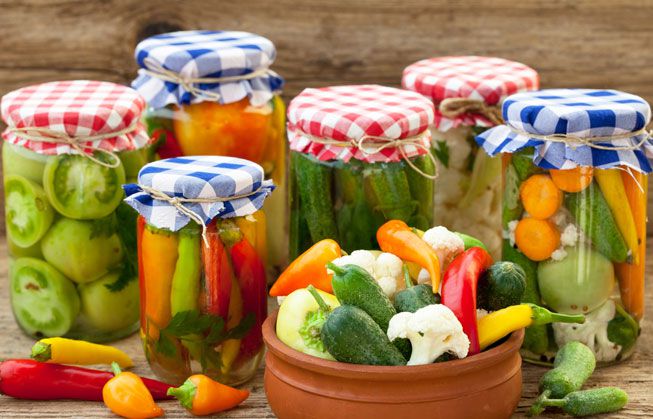Probiotic Pickles – the benefits and recipe
Pickles are many peoples’ favorite side dish during a summertime bbq or deli sandwich, but did you know that they are loaded with health benefits?
Sour, salty, crunchy, and delicious, pickled cucumbers are part of the group of food known as fermented veggies that are jam packed with probiotics.
Probiotics can help treat digestive issues, skin issues, allergies and sensitivities, even mental health issues.
Fermented pickles
Fermentation is one of the most common methods of pickling, but not all pickles are necessarily fermented.
When vegetables and fruits are fermented, healthy bacteria break down the natural sugars. When eaten those healthy bacteria get the chance to colonize your gut and can have pervasive health benefits throughout the body.
Do not confuse fermented pickles with unfermented pickles, however. In fact, unfermented pickles are far more popular when it comes to pickles you may find at the the grocery store. But those are not the kind of pickles you are interested in if you want your pickles to improve your gut health and your gut microbiota.
Health benefits of fermented pickles
Eating fermented foods may help with everything from insulin resistance to inflammation. Other popular fermented foods include sauerkraut, kimchi, and more.
Pickles can go a long way in boosting antioxidants as well.
The main health benefit that we are interested in is, unsurprisingly, probiotics. Lacto-fermented dill pickles are fermented by the microbe known as Lactobacillus.
Lactobacillus has some specific benefits
Lactobacillus Acidophilus is a very common probiotic and it’s benefits are wide-ranging. Here are some of the most researched.
It could help reduce cholesterol
One study has shown that L. acidophilus significantly lowered total and LDL cholesterol. It even lowered “good” HDL cholesterol.
Other studies have shown that L. acidophilus in yogurt helped reduced cholesterol by up to seven percent.
It may prevent and reduce diarrhea symptoms
Diarrhea can be uncomfortable and embarrassing, but it can also be quite dangerous. If it lasts long enough, diarrhea can lead to serious fluid loss and dehydration.
A number of reputable studies have shown that Lactobacillus Acidophilus can both prevent diarrhea, reduce the symptoms and length of the sickness.
Similarly, probiotics have been found to reduce the diarrhea that often comes with being put on antibiotics as a result of infection.
It can help treat and prevent vaginal infections
Vaginosis and vulvovaginal candidiasis a common types of vaginal infections, and Lactobacilli are typically the most common bacteria found in a healthy vagina.
If you suffer from vaginosis or vulvovaginal candidiasis, taking probiotics can help treat and prevent further infections.
It may even promote weight loss
L. acidophilus is most regularly found in the gut, and it helps control food digestion and nutrients absorption. Because of that, there is some evidence that asserts that when paired with other forms of probiotics, Lactobacilli can help reduce bloat and help encourage weight loss.
So, how do you make healthful pickles? The recipe is quite simple.
How to make lacto-fermented pickles
There are a fairly long list of ingredients that you will need, but make sure to pay attention because they are all crucially important.
Ingredients:
- Five tablespoons of sea salt
- Two quarts of chlorine-free water
- Four to six grape, oak, horseradish, or bay leaves
- Six to nine peeled garlic cloves
- Two large heads of dill
- Black peppercorns, red pepper flakes, mustard seeds, or even horseradish, etc.
- Enough pickling cucumbers to fill a 1/2-gallon jar
Once you have all the necessary ingredients, follow these instructions to get your perfectly fermented lacto-fermented dill pickles
Instructions:
- Make a brine by dissolving the sea salts in to the chlorine-free water.
- In your half-gallon jar, add the bay leaves, garlic, dill, and a about a third of the spices
- Put in half of the cucumbers
- Repeat with another layer of the spices and add another layer of cucumbers, top them off with even more spices
- Then, pour the brine over the pickles, leaving one to two inches of headspace. Place a tannin-containing leaf on top of the cucumbers to cover between them and the surface of the brine. You can put a fermentation weight on top of the leaf to make sure that the cucumbers remain under the brine during the fermentation process
- Cover the just with it’s tight lid. Adversely you can use a coffee filter and rubber band to keep it sealed
- Ferment at room temperature until the desired flavor and firmness is achieved. If you are using an air tight lid, make sure to burp the jar daily to release the pressure that builds up. When done, the brine should be cloudy, bubbly, and the pickles should be sour and delicious
- Eat and enjoy! Or, store in the fridge and enjoy for months!
The history of pickles
Now that you know how to make pickles, you may want to know the incredible legacy that you are taking part in.
Pickles make appearances in Shakespeare’s plays and in the Bible. In fact, they’ve been around as far back as 2030 BC, as cucumbers were native in the Tigris Valley otherwise known as the fertile crescent.
The word pickle comes from the Dutch word pekel or the north German work pokel, meaning salt or bine. Throughout the history of civilization, pickling has played a very important role as it allows people to preserve food for months during the winter months when fresh produce is hard to come by.
From soldiers, to mothers, to sailors on the high seas, pickles and other pickled vegetables and fruits has played a crucial role in the success of human civilization.
Now that you know how to pickle cucumbers, perhaps one of the most classic forms of fermented foods around, maybe it’s time to try other exciting recipes as well!



